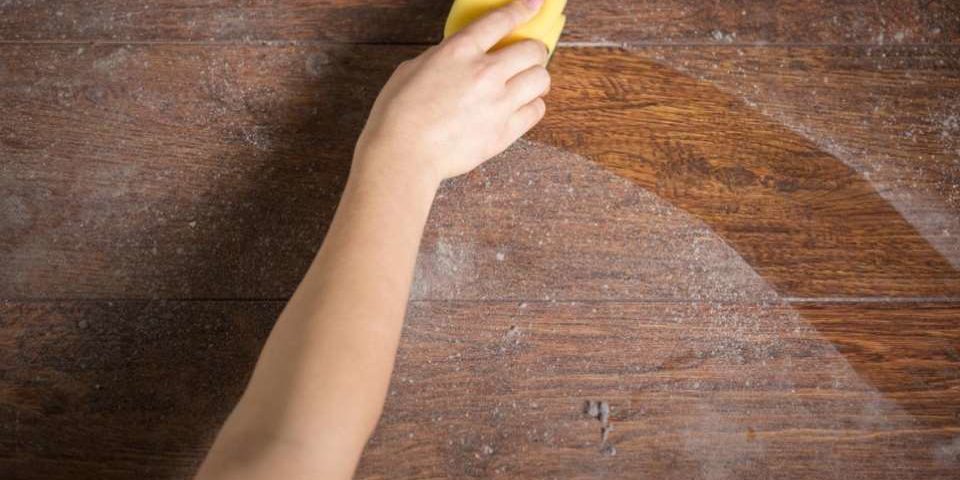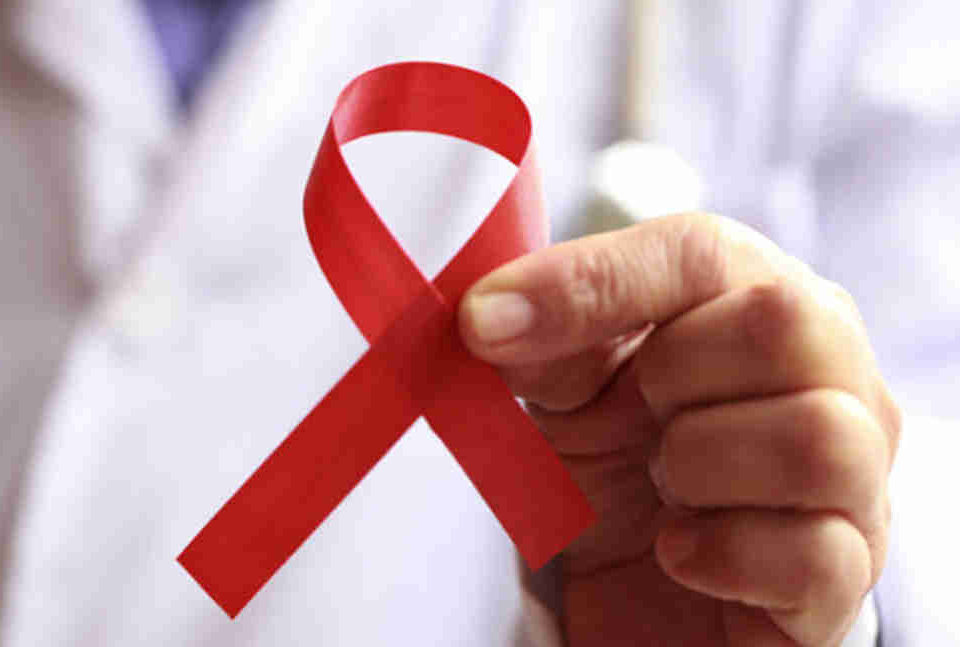- 如有疑问,请联系电邮
- customer@ihealth66.com
USNEWS:有毒化学物质潜伏在你家里的灰尘里

最新临床试验:Durvalumab和Tremelimumab治疗复发性Ⅳ期肺癌(肺-MAP治疗试验)
2018年11月27日
USNEWS:早餐吃蔬菜的12种方法
2018年11月28日By Stacey Colino
WHETHER YOU’RE VIGILANT or lackadaisical (or somewhere in between) when it comes to cleaning your home, there’s something you should know: The dust lurking under your bed or couch, on your windowsills, doorway moldings or ceiling fans, or anywhere else is more than just an unsightly nuisance. It’s a potential health hazard because it contains toxic chemicals from a variety of everyday products. In fact, 45 potentially harmful chemicals are found in household dust in 90 percent of homes throughout the U.S., according to a review of 34 studies published in the September issue of Environmental Science & Technology.
“There were clearly some bad actors that emerged – they were present at higher levels and some of these chemicals are really ubiquitous,” says study leader Ami Zota, an assistant professor of environmental and occupational health at the George Washington University Milken Institute School of Public Health in the District of Columbia. The most common chemicals found were phthalates (especially DEHP and DEHA) and flame retardants (particularly TPHP and TDCIPP), though synthetic fragrances, perfluoroalkyl substances and phenols were also present in significant amounts.
These chemicals come from a wide range of items found inside people’s homes, including vinyl flooring, blinds, food packaging, furniture, carpet padding, building insulation, electronic devices, baby products, paint and personal care and beauty products. One way or another, these items release or shed these chemicals – which are not bound to the products, Zota explains – and they end up in the air, on the floor or on surfaces. Then, you might breathe them in, absorb them through your skin or inadvertently transfer them to your food or mouth with your hands.
The concern is, exposure to these chemicals have been linked to various respiratory problems, fertility and reproductive system disorders, hormone disruptions, behavior problems in kids and various cancers. “Looking at the health hazards posed by chemicals in dust, we’re concerned that many chemicals hit the same systems – small exposures can add up, potentially leading to amplified health risks,” explains study co-author Veena Singla, staff scientist at the Natural Resources Defense Council in San Francisco.
[See: 10 Seemingly Innocent Symptoms You Shouldn’t Ignore.]
A Hierarchy of Risk
It turns out, however, that these chemicals don’t present an equal-opportunity threat. “Young children are particularly at risk for exposure to contaminated household dust because they crawl, play on the floor and constantly put their hands in their mouths,” Singla notes. “Studies find that toddlers have five to 15 times greater levels of some flame retardants in their bodies compared to their moms.” And since young children’s brains and bodies are developing, the impact may be particularly significant for them.
In addition, “pregnant women and the babies they are carrying are especially vulnerable to chemicals that are toxic to neurodevelopment and the reproductive and hormonal systems,” Singla says. “That’s because these systems are most sensitive to disruption during accelerated phases of growth and development like when a baby is in utero.”
Meanwhile, older adults may be vulnerable because they may have other health conditions that amplify the effects of these chemicals. “The way we think about vulnerability is if you’re a healthy adult, you may get constant insults of these chemicals” and your body finds ways to mitigate them, explains Tracey Woodruff, a professor in obstetrics and gynecology and director of the Program on Reproductive Health and the Environment at the University of California–San Francisco. “But if you have another medical condition or if you’re an older adult, your [body’s] immune process may not be able to respond as well.”
[See: 10 Things No One Tells You About Breast-feeding.]
Protective Measures
To safeguard your family from these toxic chemicals, try to keep household dust to a minimum by using a wet mop to clean floors and a damp cloth to dust surfaces. Also, vacuum frequently with a machine that has a high-efficiency particulate air, or HEPA, filter, Singla advises. Be sure to wash your hands (and have your children wash theirs) frequently – and always before eating – using plain soap and water; and avoid soaps or cleansers with fragrances or antibacterial properties.
In general, try to buy products that are free of some of these chemicals (such as phthalates and fragrances). It helps to use the free smartphone app Detox Me, from the Silent Spring Institute, which provides simple, research-based tips on how to reduce exposure to these chemicals in your home; it also keeps track of your progress. But “you can’t shop your way out of this problem entirely,” Zota says.
[See: 8 Weird Ways Obesity Makes You Sick.]
Ultimately, the solution isn’t entirely in your hands. “If these chemicals are in our dust,” Woodruff says, “that means we need to get them out of our products and replace toxic chemicals with things that are not going to harm our children or us.” That task belongs to regulatory authorities, such as the Environmental Protection Agency and the Food and Drug Administration, and to manufacturers of these products. “The good news is that when we take action on hazardous chemicals by restricting and banning them,” Singla says, “levels in our dust and our bodies go down.” That’s the best form of cleanup imaginable.





